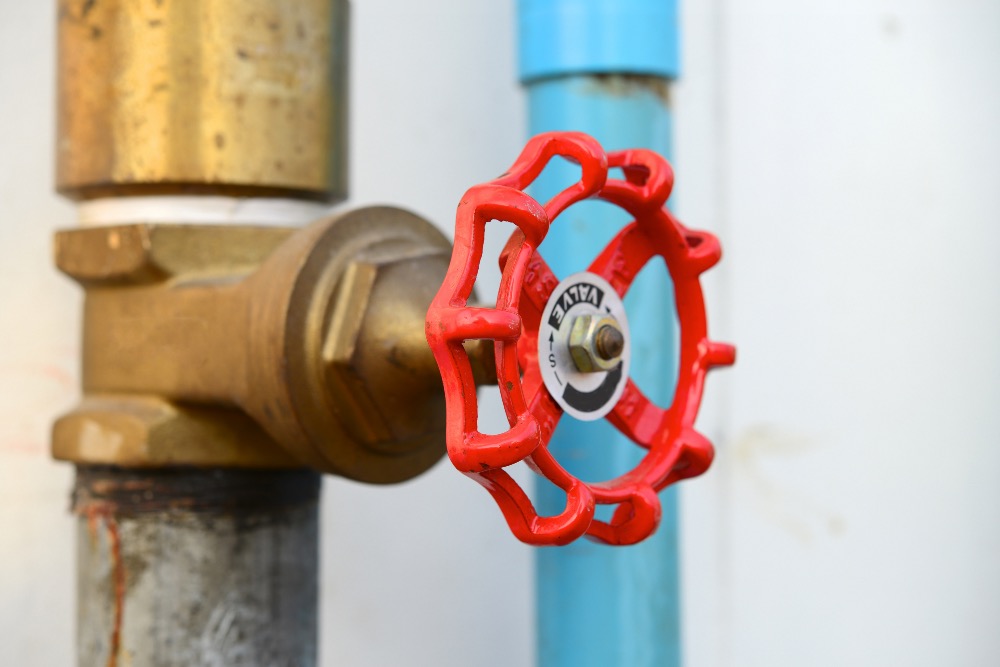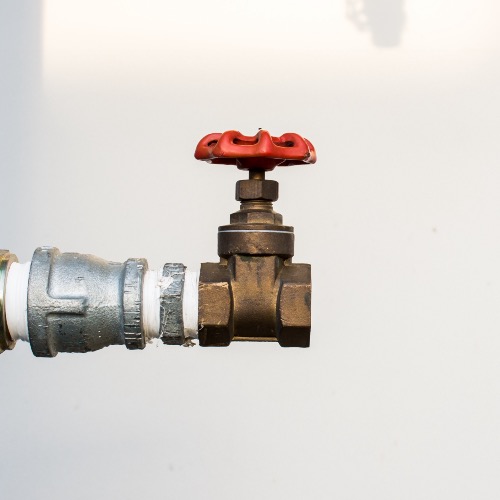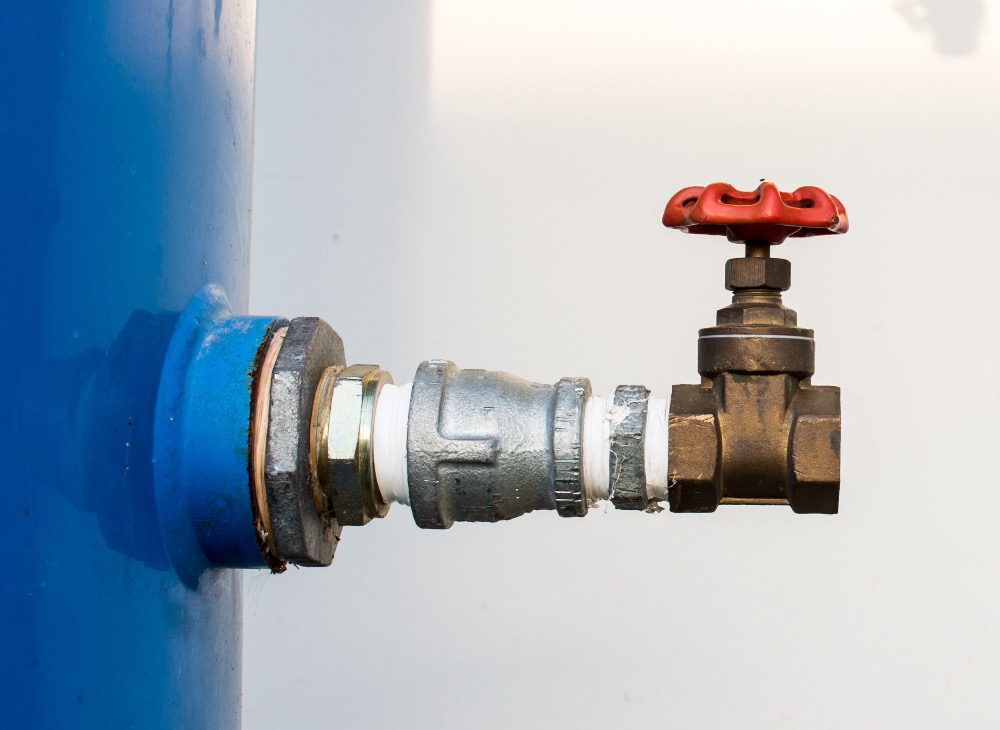One of the oldest valves around, Gate Valves are still one of the most common types of valves used in plumbing systems. They are used to isolate the flow of fluid, typically water, through a pipe. Gate valves are often preferred over other types of valves because they offer a better seal and can be used for a wide range of applications. We’ll discuss here how gate valves work and provide an overview of their applications.
What is a Gate Valve?
Gate valves are an essential component of plumbing systems that facilitate the isolation of flow by utilising a Gate to open or close the valve. The valve and gate are typically made of durable materials such as metal or plastic and operate by moving the gate up and down within the valve body.

When the valve is open, the gate is lifted to allow flow to pass through. Conversely, when the valve is closed, the gate is lowered, effectively blocking the flow. It is worth noting that gate valves are designed to be in either an open or closed state and are not intended for regulating flow. This is because doing so can cause erosion of the valve seat and gate, or cause the gate to vibrate, which can lead to damage to the valve structure and then leaks over time.
How Do Gate Valves Work?
A gate valve consists of several parts, including the valve Body, Gate, Stem, and Handle. The Body is the outer casing that connects to the pipe system. The Gate is located inside the valve body and is responsible for opening or closing the passageway. The Stem connects the gate to the operating mechanism and is responsible for raising and lowering the gate.

The stem can be rotated either manually or automatically. Manual gate valves are operated by a human via the handle, while automatic gate valves are controlled by an actuator. The actuator can be electric, pneumatic, or hydraulic, and it provides the necessary force to move the stem and gate. When the stem rotates, the gate is raised or lowered inside the valve Body.
Types of Gate Valve
Parallel vs Wedge Gates
A Parallel Gate Valve is designed with a flat disk that fits into a seat with parallel sides. A Wedge Gate valve, on the other hand, utilises an inclined angle to create a tighter seal, making it better suited for applications with higher pressures.
Metal Seated vs Resilient Seated
The Metal Seated Gate Valve functions by lowering into a seat that is cut out of the bottom of the valve body. On the other hand, the Resilient Seated Gate Valve is designed with a rubber seal on the Gate that rests flat on the bottom of the Valve Body.
When using a Metal Seated Gate Valve, impurities or debris in the flow tend to accumulate in the seat, potentially causing damage and shortening the valve's lifespan. In contrast, the Resilient Seated Gate Valve's rubber seal prevents the build-up of debris, which significantly increases the valve's lifespan. As a result, choosing a Resilient Seated Gate Valve may be a better option for applications that involve high levels of impurities or debris.
Rising Stem vs Non-Rising Stem
Gate Valves can have two types of stem designs, rising and non-rising stems. Rising stems move upwards when the Gate Valve is opened and lower when it is closed. On the other hand, non-rising stems remain stationary even when the Gate moves.
Rising stems can be advantageous in situations where a visual indication of the valve status is necessary. In contrast, non-rising stems are preferred when there are space constraints.
Lockshield Gate Valves
A Lockshield Gate Valve operates in the same way as a standard gate valve, with the key distinction being the presence of a protective guard around the valve stem. This safeguard prevents unauthorised access to the valve, and only individuals with the correct "key" can operate it. This feature provides an additional level of protection and security to the piping system.
Wrapping Up
Gate valves are a reliable and popular choice for plumbing systems. They are as old as time itself and offer an effective way to isolate the flow of fluid through a pipe. Hopefully by reading this guide you can have a better idea of how they work, allowing you to make an informed decision when selecting Valves for your system.
If you need Gate Valves for your system, you can check out our products here:
Frequently asked questions
What is a Gate Valve?
Gate valves are integral to plumbing systems, allowing flow isolation through a gate mechanism. They consist of a durable valve and gate, typically made of metal or plastic. The gate moves vertically within the valve body. When the valve is open, the gate rises to enable flow. Conversely, closing the valve lowers the gate, stopping the flow. Gate valves are designed for full open or closed positions, not flow regulation. Attempting to regulate flow can damage the valve seat and gate, causing leaks over time.
How Do Gate Valves Work?
Gate valves comprise several components, including the valve body, gate, stem, and handle. The valve body connects to the pipe system. The gate inside the valve body controls passage closure or opening. The stem connects the gate to the operating mechanism, raising and lowering it. Stems can be rotated manually or automatically. Manual gate valves are operated by a handle, while automatic ones are controlled by an actuator. Actuators, which can be electric, pneumatic, or hydraulic, provide the force to move the stem and gate. As the stem rotates, the gate rises or descends within the valve body.
Any more questions?
If you have any queries or questions about the products we sell, or even your next project, give us a shout! We'll try our best to give you a hand.


